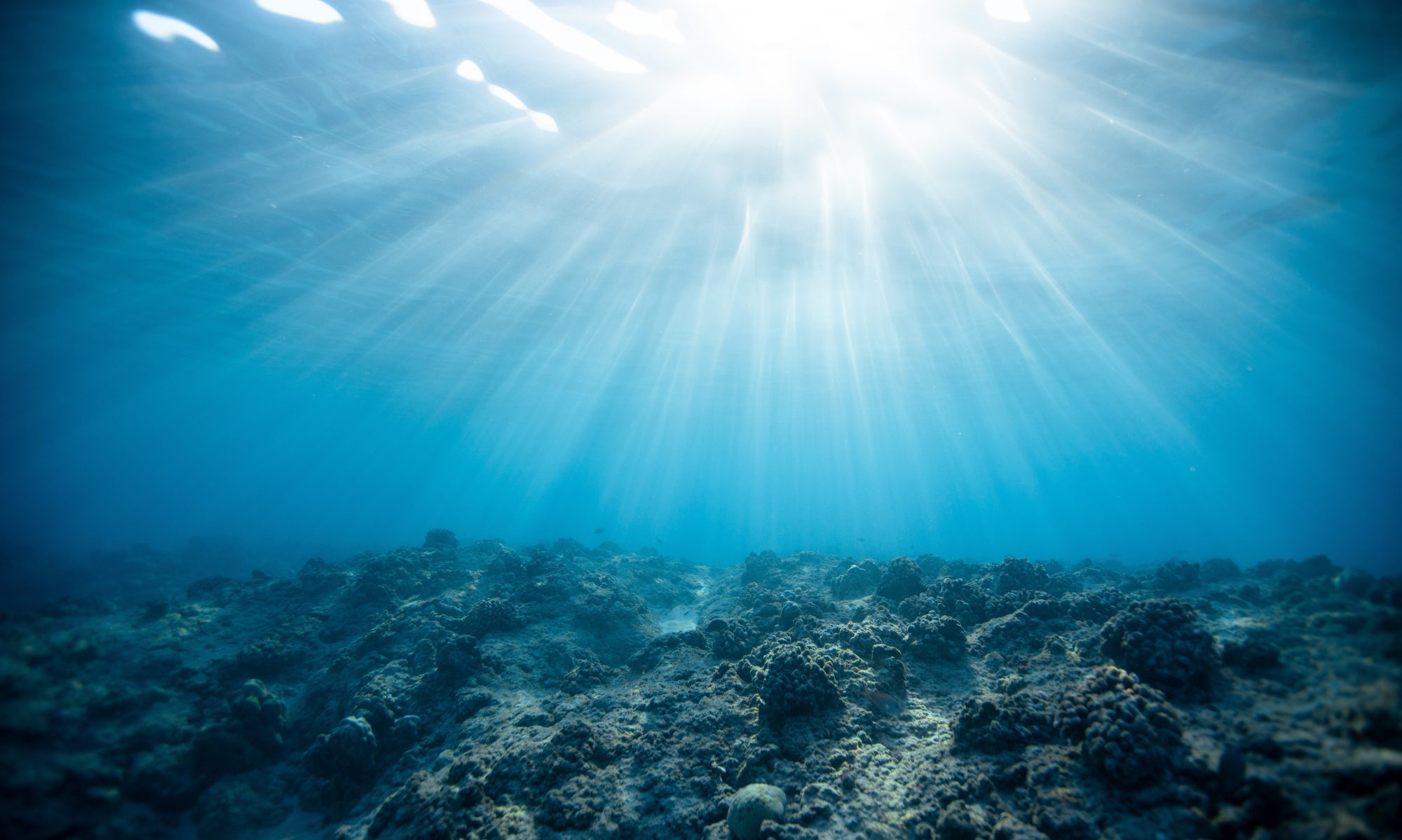As we know little about how disturbances such as typhoons and El Niño-Southern Oscillation (ENSO) events affect seagrass beds, diverse seagrass habitat types (Thalassia hemprichii) were surveyed once every three months for 17 years (January 2001 to February 2018) in southern Taiwan, which is regularly affected by typhoons and ENSO events. Environmental, seagrass and periphyton data collected in the wet season of a year without a typhoon were treated as controls. The data collected before the typhoon season (summer) and within 30 days after a total of 6 typhoons were treated as posttyphoon responses. Our results show that La Niña and El Niño events had distinct effects on the biomass and growth of T. hemprichii. During La Niña years, higher 1) precipitation levels and 2) seawater nitrogen concentrations (DIN) led to increases in seagrass leaf productivity, canopy height, and biomass. However, the latter simultaneously stimulated the growth of periphyton on seagrass leaves; this might lead to decreases in seagrass cover and shoot density. There were no significant overall differences in either the environmental data or the seagrass response variables in response to the typhoons. However, DIN was significantly higher and periphyton biomass declined after the typhoons. The significant losses in periphyton suggest that the typhoon impacts on the intertidal seagrass beds were primarily short-term wind events or storm surges. Relative to the chronic and persistent effects of ENSO, the typhoon effects on the intertidal seagrass beds were dramatic and rapid. Our long-term dataset revealed that intertidal tropical seagrasses are resilient to typhoons over decadal timescales.
Keywords: El Niño, La Niña, Thalassia hemprichii, typhoon, DIN, periphyton
